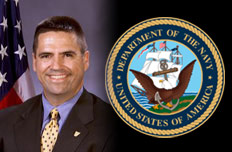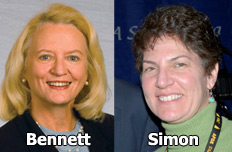SDFM The Business of Defense
-
Lt. General James Roudebush Surgeon General, U.S. Air Force, DoD October 27th and 29th, 2008
October 27, 2008 -
There is a border dispute going on between between Cambodia and Thailand and many are concerned it will launch an all out war.
October 24, 2008 -
Rex Cowdry Executive Director October 13th and 15th, 2008
October 13, 2008 -
Robert J. Carey Chief Information Officer September 29th and October 1st, 2008
September 30, 2008 -
J.D. Sicilia Director, Lean Six Sigma Program Office Department of Defense September 22nd and 24th, 2008
September 22, 2008 -
Rochelle Granat U.S. Department of Treasury September 15th and 17th, 2008
September 15, 2008 -
Elijah Cummings(D-Md.) Bob Alexander Charlotte Flowers Bill Fletcher
September 11, 2008 -
Michael Duffy Deputy Assistant Secretary for Information Systems & CIO September 8th and 10th, 2008
September 08, 2008 -
Owen Barwell Deputy Chief Financial Officer September 1st and 3rd, 2008
September 02, 2008 -
August 22nd Hosts Debra Roth and Jannika Cannon will discuss the Service to America Medals with Partnership for Public Service’s Jim Seymour, sponsor Frank Pugliese of DuPont, and Medal finalists Dr. Pomeroy and Dr. Reimschuessel.
August 22, 2008 -
Chris Mihm Managing Director, Strategic Issues August 18th and 20th, 2008
August 18, 2008 -
Douglas Webster Chief Financial Officer August 11th and 13th, 2008
August 11, 2008














